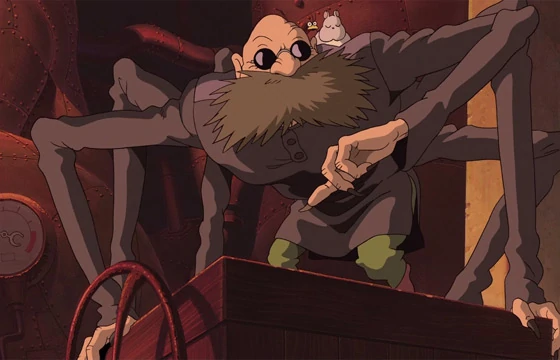Miyazaki’s 2001 Spirited Away, blurs the binary of human, animal, mythology, and spirit. Each character has its own version of this intersectionality, creating different presentations of ontology that in turn create varying perceptions. The film encourages us to reflect on how our own perceptions of fear in cinematic animal species are moulded through the presentation of them, a notion that is exemplified through the boiler room scene.
Within the scene Kamaji is presented to us as a humanoid spider, Japanese folklore acting as a key influence on his creation. Kamaji acts as an example of a ‘yokai’, a supernatural monster, resembling the Tsuchigumo, known in folklore as a mutant arachnid who deceived and trapped its prey through the trickery of humans[1].
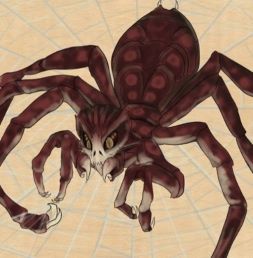
The audience are presented with parallels between Kamaji and Tsuchigumo, in their long, claw-like nails, shapeshifting arms and universal control over the spiders and Soot Sprites. The Soot Sprites scatter the floor of Kamaji’s boiler room, just as the tiny spiders are scattered in the depiction of the fable. Chihiro takes the part of Jimmu, the weak human facing the powerful creature.
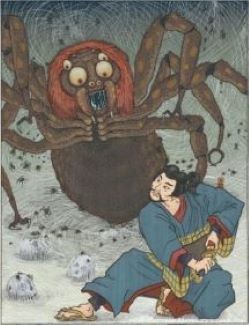
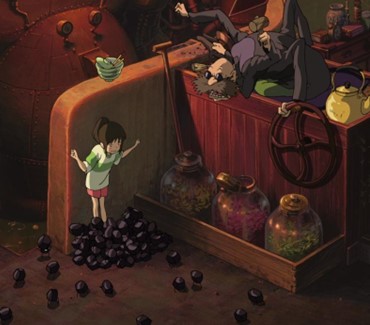
Within the scene, Kamaji holds the blended power of man, beast, and myth, and fear towards him is directed by his representation. As a wild animal, human’s fear Kamaji as a creature, as we switch from predator to prey. But the intersection between his human and his mythological characteristics create uncertainty of his capabilities and thus uncertainty to Chihiro’s fate. Kamaji’s representation blurs the binary of his taxonomy, and simultaneously manipulates our fear towards him. Being represented as a wild animal is frightening, but as he shifts between multiple animal entities, our fear is truly foregrounded.
We witness this shift through the first spoken interaction between Kamaji and Chihiro. The literary design within the scene initially establishes Kamaji cannot speak as humans do. When Chihiro first begins speaking to him he replies in animalistic grunts but then begins shouting at the Soot’s Sprites to “get to work”. Because of this, the audience fear him first as a wild animal, not knowing whether he will harm Chihiro. However, we go on to fear him as an unknown being, capable of both all a wild animal can and a human, creating a frightening visual reality to the fictional mythology.
A significant commentary is made in the link between human fear and animal appearance and agency, notably when comparing Kamaji’s and the Soot Sprites intersectional representation. Unlike Kamaji, they are not feared by Chihiro and this is because of their specific representation.
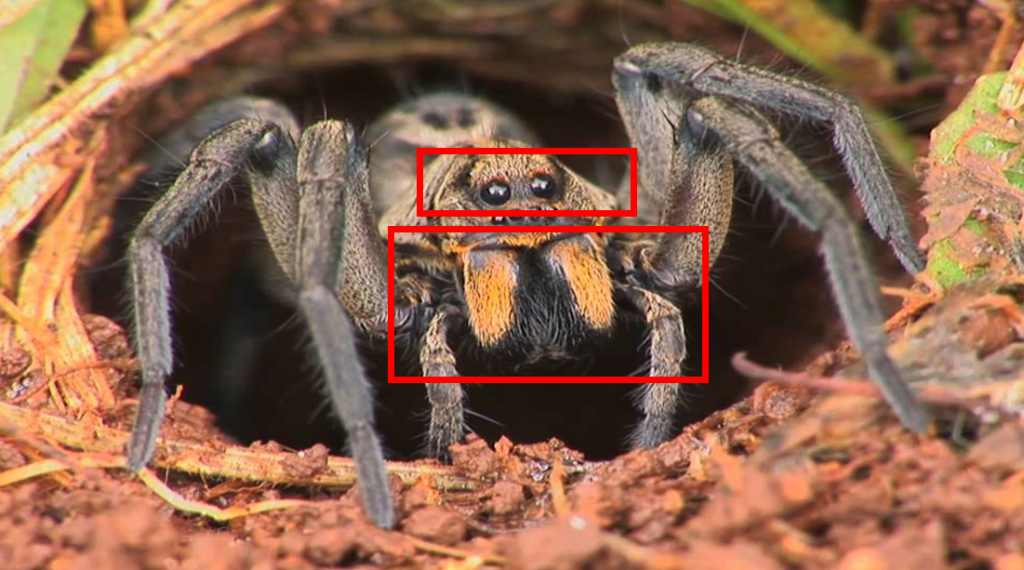
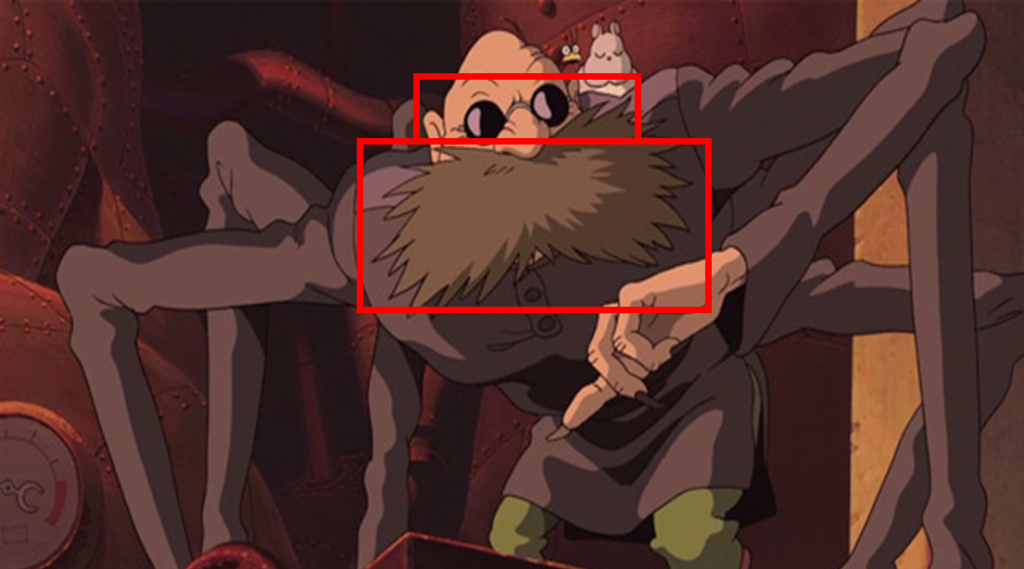
Kamaji’s anatomy resembles a wolf spider’s, whereas the Soot Sprites are not portrayed as spiders as they are in the tale of Tsuchigumo. Instead, they have more stereotypical children’s cartoon features, with large eyes, small stature, fur like fuzziness, and four limbs rather than eight.


As these are features that humans embrace in pet keeping, it allows the Soot Sprites to be perceived as friendly and harmless. Their appearance makes them powerless through human perception of fear and safety. This power dynamic is shown in point of view shots, taken from three separate positions: Kamaji’s perspective, Chihiro’s and the Soot Sprites. Kamaji’s point of view looks down at Chihiro, whilst Chihiro’s and the Soot Sprites face upwards. This affirms who is fearful and who is to be feared within the boiler room, as Kamaji is physically looked up to by the weaker creatures in the room.


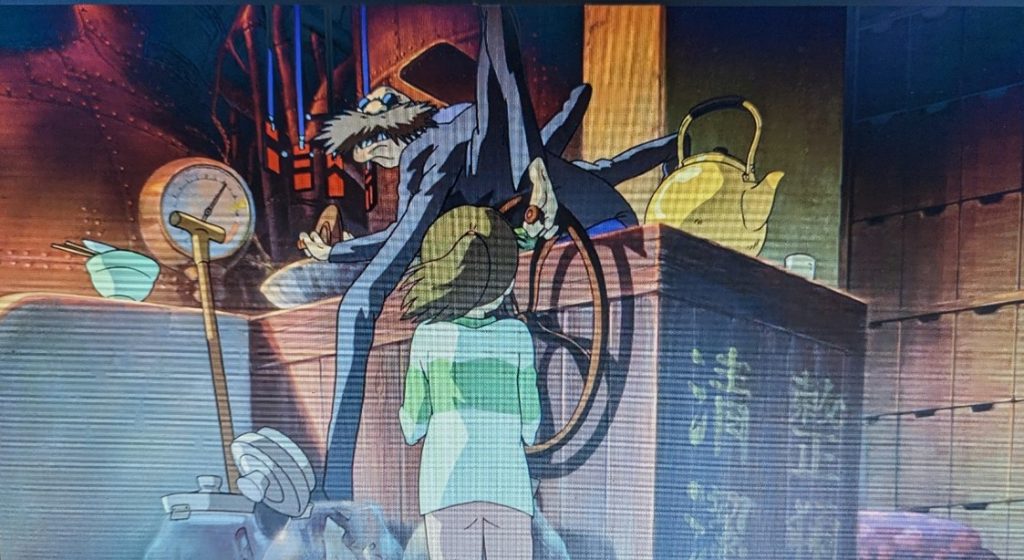
Chihiro’s fear is highlighted and driven by the animal’s ontology within the scene. It is not only the combination of specific ontology that creates discomfort, but the ontology’s shifting nature. By unsettling the binaries of animal species, we distance ourselves from reality, inducing fear in the unknown. Ultimately, presentation, power and fear combine in a way that establishes hierarchy within the scene.
[1] (Figure 3) Yokai, ‘Tsuchigumo’, Yokai.com, 2022, <https://yokai.com/tsuchigumo/> [accessed 7 November 2022]
Figure 2: Toriyama Sekien, Tsuchigumo, digital drawing, Yokai Wiki <https://yokai.fandom.com/wiki/Tsuchigumo> [accessed 9 November 2022]
Figure 4: Arachnipedia Wiki, Wolf Spider (Lycosidae), still from video clip, <https://arachnipedia.fandom.com/wiki/Wolf_spiders_(Lycosidae)> [accessed 10 November 2022]
Figure 6: IStock, Cute Black Spider, digital image, <https://www.istockphoto.com/vector/cute-black-spider-with-big-eyes-hanging-on-spiderweb-gm1044929850-279660938> [accessed 10 November 2022]
